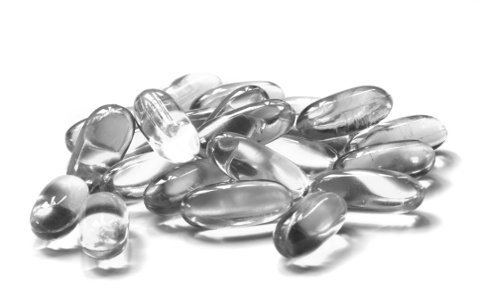By Susan Scutti
Story highlights
Oily fish and fish oil contain omega-3s, which contain essential fatty acids
Research on omega-3s has varied through the centuries
(CNN)Study after study will say adding fish to your diet is a healthy move.
Fish oil supplements, though, are a more complicated story.
The federal advisory committee that wrote the Dietary Guidelines for Americans 2015-2020 advises adults to eat about 8 ounces of a variety of seafood each and every week.
This guideline is intended to provide you with healthy amounts of two essential omega-3 fatty acids: docosahexaenoic acid (DHA) and eicosapentaenoic acid (EPA).
These nutrients play important roles in brain function, normal growth and development, metabolism and curbing inflammation, according to the National Center for Complementary and Integrative Health. Our bodies cannot manufacture these fatty acids, so we must consume them.
Fatty fish, such as salmon, mackerel and sardines, are rich in both DHA and EPA. (There’s a third omega-3 fatty acid, alpha-linolenic acid (ALA), found in walnuts, canola oil, flaxseeds, chia seeds and pumpkin seeds. Our bodies can convert ALA, in limited quantities, to DHA and EPA.)



